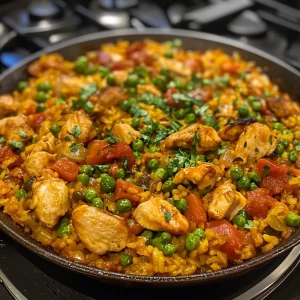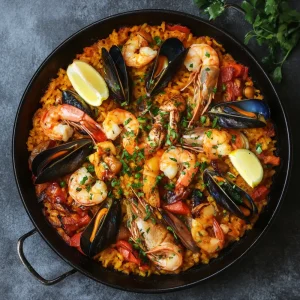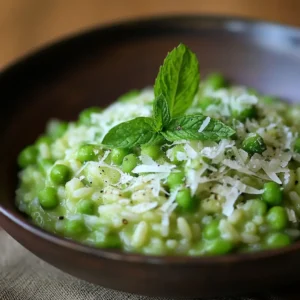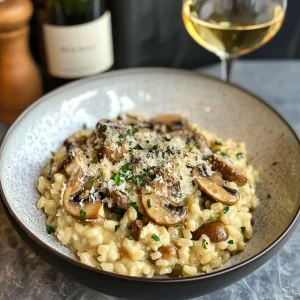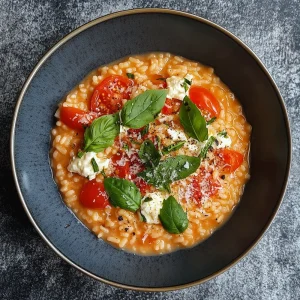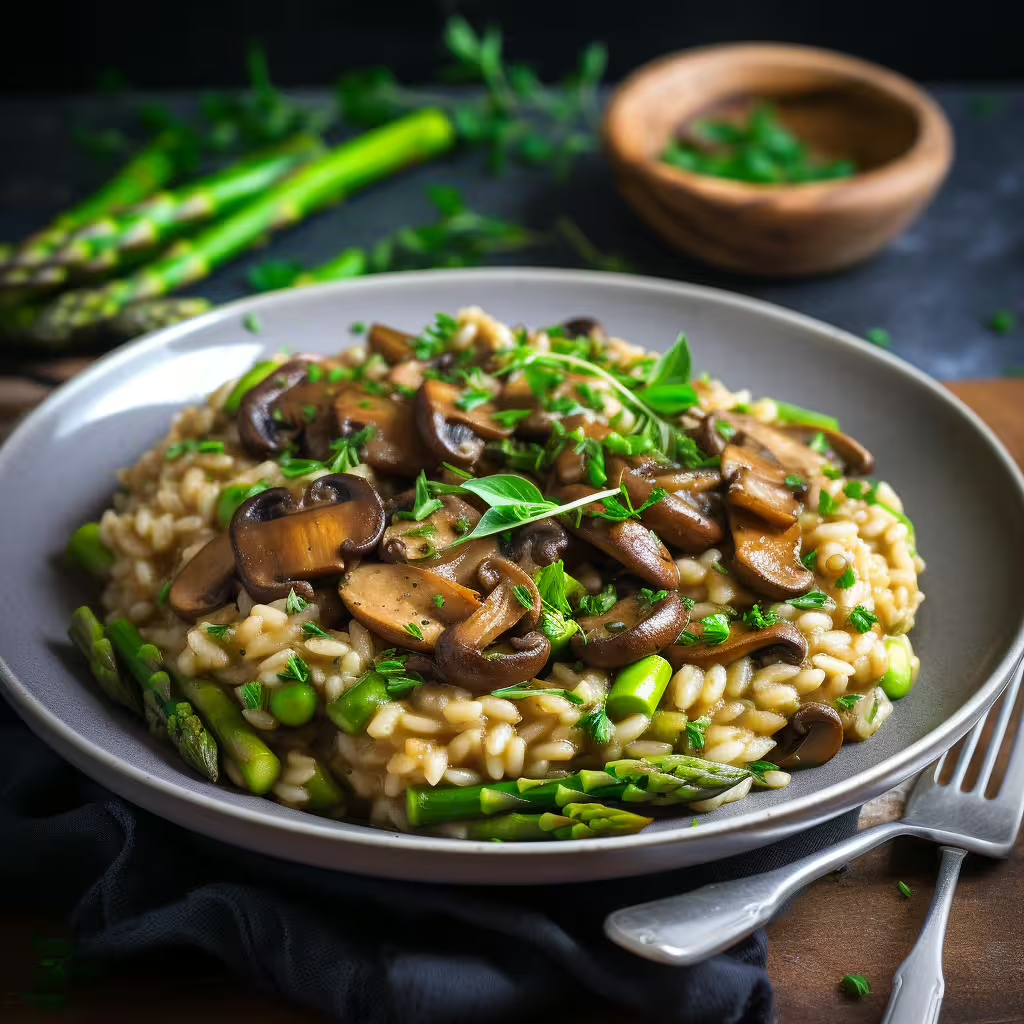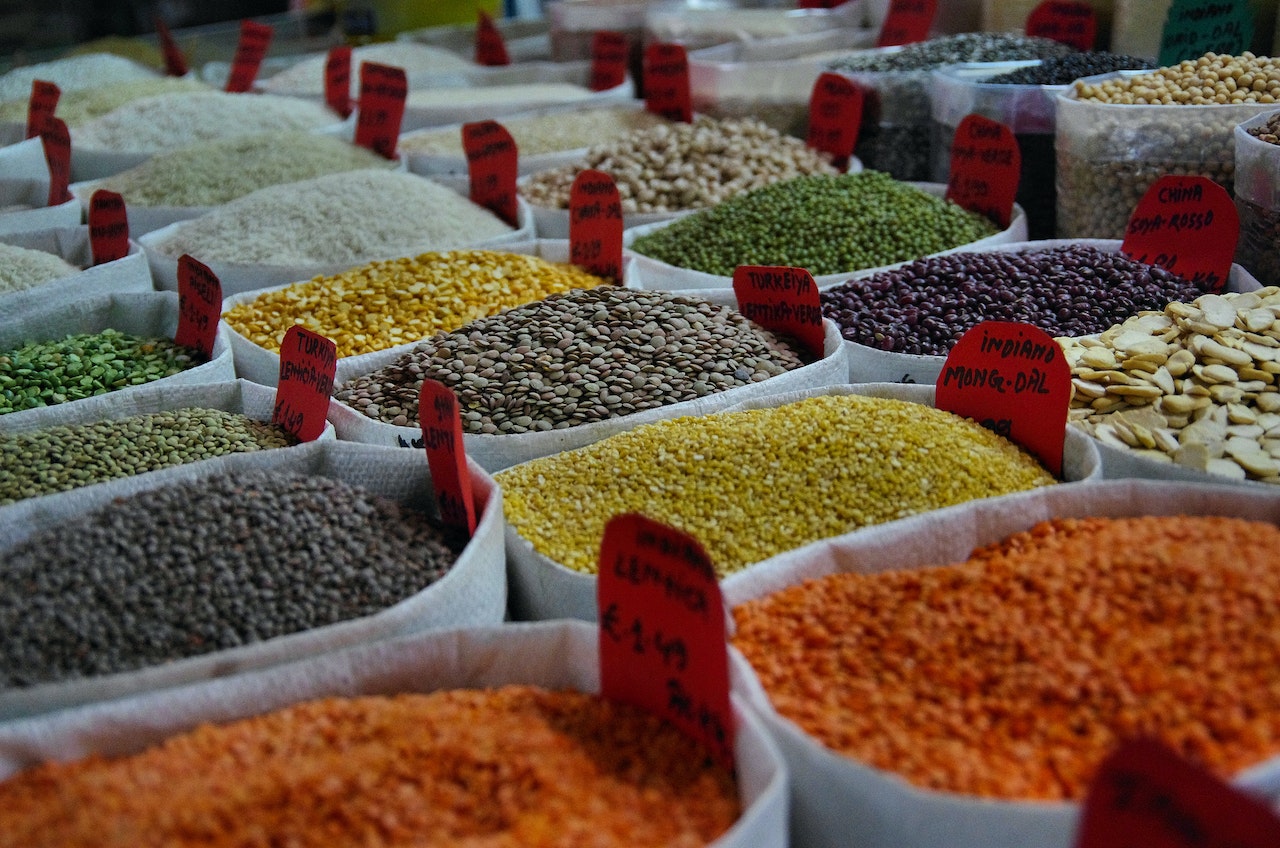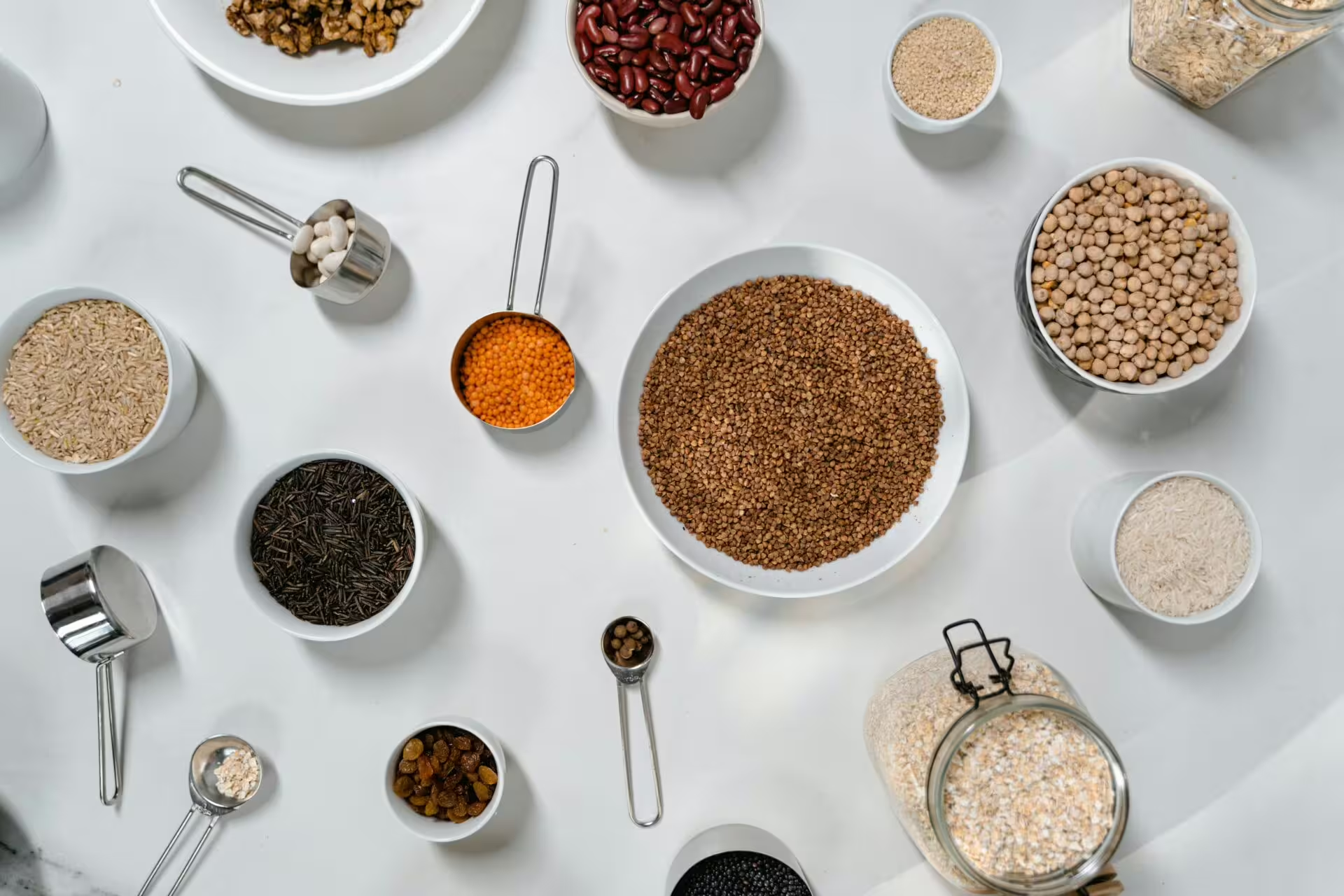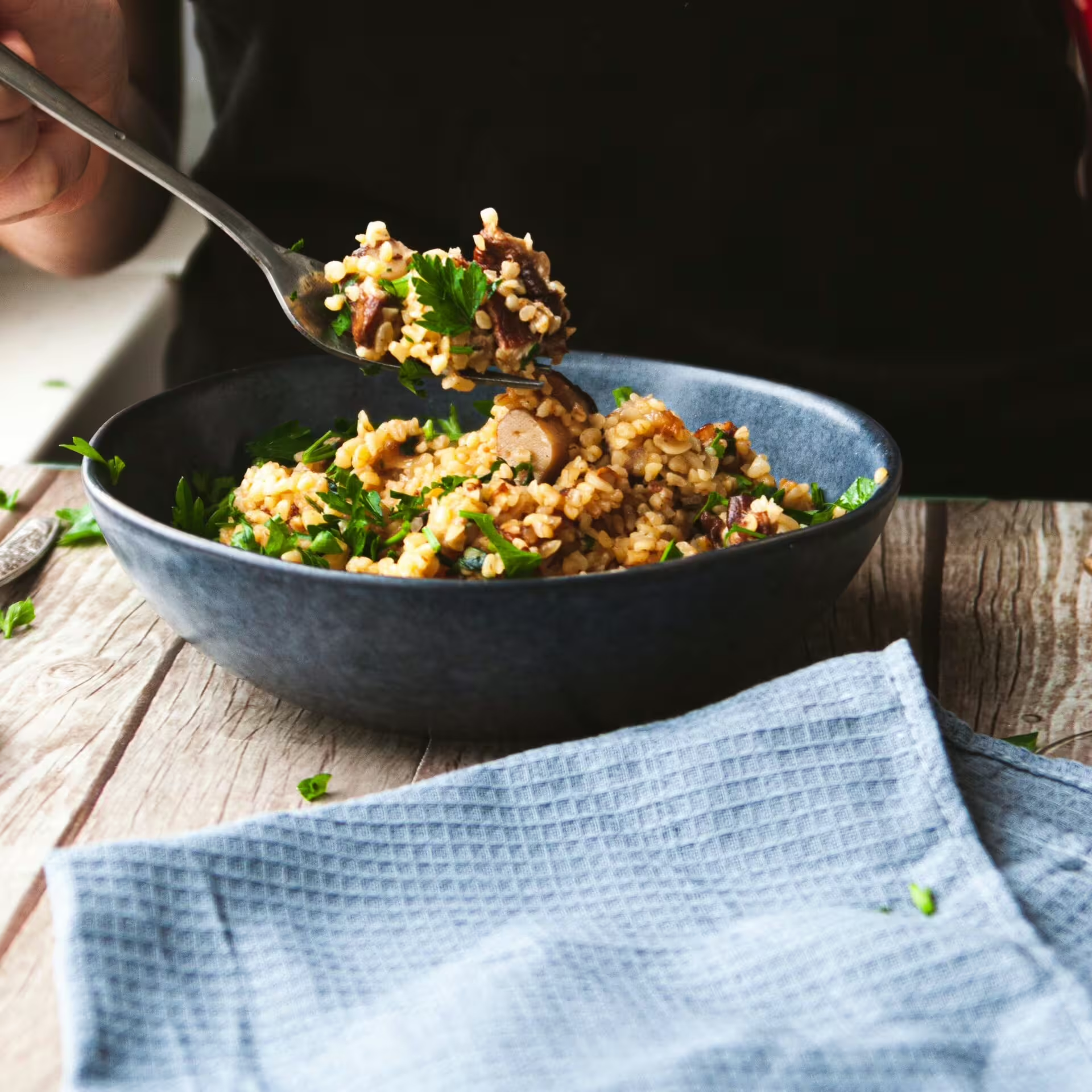Wholesome grains are whole, unrefined grains that retain all parts of the kernel — the bran, germ, and endosperm, making them a powerhouse of nutrition. Unlike refined grains, which lose valuable nutrients during processing, wholesome grains are rich in fiber, vitamins, minerals, and antioxidants. They play an essential role in a balanced diet and have been linked to numerous health benefits, including improved digestion, reduced risk of heart disease, and better blood sugar control.
Common wholesome grains include brown rice, quinoa, oats, barley, bulgur, farro, and whole wheat. These grains are incredibly versatile and can be used in both savory and sweet dishes. Whether you’re adding oats to your morning smoothie, using quinoa in a hearty salad, or enjoying a bowl of barley soup, wholesome grains provide texture, flavor, and long-lasting energy.
Wholesome Grains Are Nature’s Powerhouse of Nutrition
One of the standout features of wholesome grains is their high fiber content. Dietary fiber aids digestion, helps you feel fuller longer, and supports a healthy gut microbiome. Many wholesome grains also offer plant-based protein, making them a smart choice for vegetarians and vegans.
Cooking wholesome grains is simple and often just involves simmering in water or broth until tender. They can serve as a nutritious base for grain bowls, side dishes, or even baked goods.
Choosing wholesome grains over refined ones is an easy way to upgrade your diet. Look for products labeled “100% whole grain” or “whole [grain name]” in the ingredients list to ensure you’re getting the real deal.
From their earthy, nutty flavors to their significant health perks, wholesome grains are a delicious and smart addition to any kitchen.
Quinoa: The Protein Powerhouse
Quinoa, often hailed as a superfood, boasts a complete protein profile, making it an ideal choice for vegetarians and vegans. With its nutty flavor and delicate texture, quinoa works well in salads, bowls, and as a rice substitute in various dishes. It’s also a great source of fiber, iron, and magnesium.
Farro: Hearty and Nutrient-Rich
Farro is an ancient grain with a chewy texture and a slightly nutty taste. Packed with fiber, vitamins, and minerals, farro adds a satisfying depth to soups, stews, and salads. Its versatility makes it an excellent choice for both savory and sweet dishes, making it a true kitchen gem.
Millet: Tiny but Mighty
Millet is a small grain with a mild, slightly sweet flavor. It’s gluten-free and rich in antioxidants and magnesium. Millet can be used to create creamy breakfast porridges, fluffy side dishes, or even as a base for veggie burgers, showcasing its adaptability and nutritional prowess.
Amaranth: Ancient and Nutrient-Dense
Amaranth has a rich history dating back to ancient civilizations. With its earthy, nutty taste, amaranth offers a significant dose of protein, fiber, and essential nutrients like calcium and iron. It can be popped like popcorn, cooked into porridge, or added to soups and salads for added texture.
Bulgur: Speedy and Nutritious
Bulgur is a form of cracked wheat that’s been parboiled and dried, making it quick to prepare. Its nutty flavor and pleasant chewiness make it a favorite for tabbouleh salads and pilafs. Packed with fiber and nutrients, bulgur is an excellent source of plant-based sustenance.
Freekeh: Smoky and Distinctive
Freekeh is young green wheat that’s been roasted, lending it a unique smoky flavor. This grain offers a protein punch along with a low glycemic index, making it an excellent choice for managing blood sugar levels. Use freekeh as a base for hearty grain bowls or incorporate it into soups for a nutritious twist.
Teff: Tiny and Nutrient-Rich
Teff is the world’s smallest grain, hailing from Ethiopia. It’s naturally gluten-free and packed with iron, calcium, and fiber. Teff flour is used to make injera, a traditional Ethiopian flatbread, but you can also use it to create pancakes, muffins, and other baked goods.
Wholesome Grains Varieties
Exploring diverse grain varieties is a rewarding culinary adventure that introduces new textures, flavors, and nutritional benefits to your meals. Beyond rice, these unique grains provide a canvas for creativity in the kitchen while offering a range of healthful advantages. Incorporating quinoa’s protein power, farro’s heartiness, and the distinctiveness of grains like freekeh and teff can elevate your dishes to new heights. So, embark on this journey of culinary discovery, and let these lesser-known grains bring a delightful twist to your dining experience, one wholesome grain at a time.

